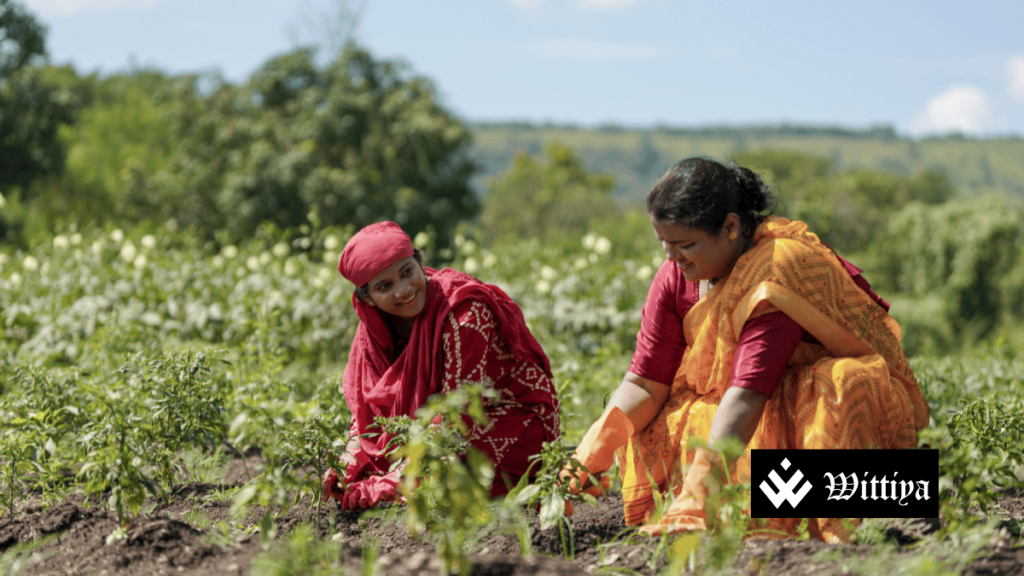The Economic Survey 2024-25 advocates for market-driven reforms in agriculture to address inefficiencies and ensure sustainable growth, highlighting the need for diversification, improved infrastructure, and climate-resilient practices. It also emphasizes the importance of government initiatives and the role of digital technology in enhancing agricultural productivity.
The Economic Survey 2024-25 has emphasized the need for a market-driven approach to India’s agriculture sector, advocating for policies that allow farmers to receive “unimpeded price signals.” These signals are market prices that reflect supply and demand without interference from subsidies, price controls, or trade restrictions. The Survey, which was released on January 31, 2025, stresses the importance of reforms aimed at addressing structural inefficiencies within the sector, including low productivity, reliance on input subsidies, and environmental stress.
India’s Agricultural Sector: Challenges and Opportunities
India’s agricultural sector remains a crucial part of the economy, contributing nearly 20% to the Gross Value Added (GVA) and 16% to the nation’s GDP in 2023-24. Despite its significance, the sector faces challenges such as low productivity, overproduction, and climate-related stresses. The Survey calls for a shift away from excessive cereal production towards the diversification of crops, particularly pulses and edible oils, to balance supply and improve sustainability.
Focus on Stable Agricultural Growth
The Economic Survey highlighted the potential for agro-based entrepreneurship and stressed that stable agricultural growth of around 5% could significantly contribute to overall GVA growth, potentially adding at least 1% to the national economy. By focusing on improved land and labor productivity, India could strengthen food security domestically while enhancing its global presence in agricultural markets.
Resilience of the Agricultural Sector Amid Challenges
The Survey noted the resilience of the agricultural sector despite global economic challenges. The sector recorded a growth rate of 3.5% in the second quarter of FY25, with high-value sectors such as horticulture, livestock, and fisheries leading growth. The fishery sector exhibited the highest compound annual growth rate (CAGR) at 13.67%, followed by livestock at 12.99% from FY15 to FY23.
Government Initiatives for Farm Income Support
Furthermore, the Survey recognized the role of government initiatives such as PM-KISAN and Pradhan Mantri Kisan Maandhan Yojana (PMKMY), which have provided crucial financial support to over 110 million farmers and 2.3 million farmers enrolled in the pension scheme. In addition, targeted reforms such as e-KYC under the One Nation One Ration Card (ONORC) framework and credit guarantee schemes for e-Negotiable Warehouse Receipts (e-NWR) are helping tackle systemic inefficiencies in the sector.
Modernizing Market Infrastructure for Better Price Discovery
To further support agricultural growth, the Survey recommended modernizing market infrastructure to facilitate better price discovery mechanisms through platforms like e-NAM and providing greater support for Farmer Producer Organizations (FPOs) and cooperatives. Strengthening these institutions would ensure a more inclusive agricultural market and reduce farmers’ dependence on intermediaries.
Addressing Climate Change and Water Scarcity
However, several challenges remain, particularly in the face of climate change and water scarcity, which threaten agricultural sustainability. The Survey advocates for a region-specific approach that includes climate-resilient crop varieties, improved agricultural practices, and greater investment in micro-irrigation. The role of digital technology in improving farm efficiency and promoting sustainable growth is also crucial, the Survey noted.
Diversification into Allied Sectors: A Path to Income Security
The growing demand for horticulture, livestock, and fisheries driven by rising incomes and changing dietary preferences presents new opportunities for the agricultural sector. As these sectors are perishable, the Survey emphasized the need for improved post-harvest management and strengthened market infrastructure, with increased participation from FPOs, cooperatives, and private sector investment to enhance market access and resilience.



